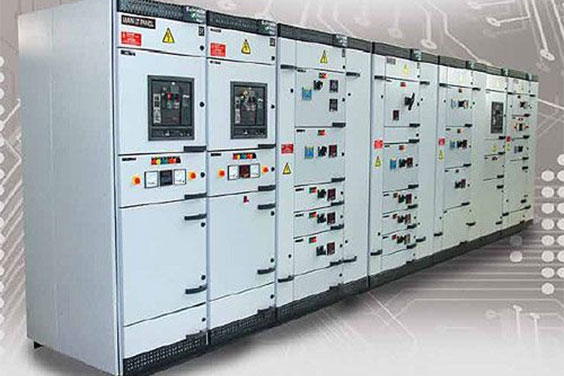
It is important in circuits to trip the overflow of current and protect the system from any damage. It is an ideal choice due to its varied functions and features. It is important to understand the features, components, and uses of switchgear to find the best switchgear components manufacturer as per your requirements.
In this article, we will discuss:
- What are the components of Switchgear?
- Features of a Switchgear
- Where can you find a professional switchgear manufacturer?
What is a Switchgear?
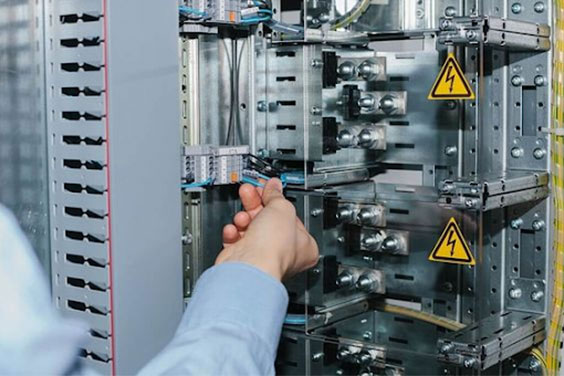
A electrical switchgear is a device to regulate, monitor, control, and protect devices and circuits. Switchgear is a common term used to denote numerous devices that act as switchgear including HRC fuses, Circuit Breakers, Switch-Fuse units, Off-Load Isolators, Vacuum Contactors, GFCIs, ELCBs, Miniature Circuit Breakers, etc.
It includes a combination of switching components to measure, control, regulate, and protect the electrical circuits and equipment. The switchgear assemblies and equipment are associated with the transmission, distribution, transmission, and conversion of electrical energy.
An electrical circuit system includes a combination of a circuit breaker, disconnect switches, fuses, and an isolated electric device. It is connected to the supply system, located in the Low-voltage and High-Voltage planes of the Power Transformer. Switchgear clears, maintains, and tests the fault by de-energizing. These devices play an important role to protect the equipment or the devices against the heavy current, disturbances, and faults in the circuit. This is to ensure that the device works in a smooth flow and the service is uninterrupted.
Features of a Switchgear
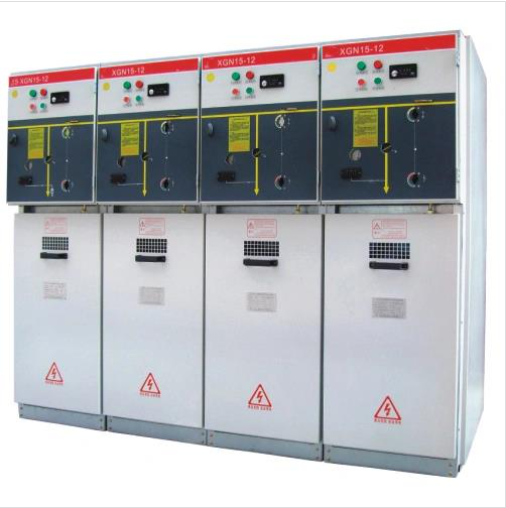
Following are the four essential features of a switchgear required to ensure the smooth and efficient functioning of the circuit system. These features ensure that the switchgear components are compatible with each other and protect the system from any faulty parts or complete damage to the system.
- Complete reliability
Reliability is one of the striking features of a Switchgear. The safety of the entire electric circuit depends upon switchgear. Reliable switchgear is essential to establish a safe interconnection and enhance the ability to develop stations. Switchgear must be competent to detect, monitor, and handle the faulty sections of the circuit to ensure the flawless and swift working of the system.
- Quick operation
One of the prime requirements of switchgear is its ability to operate quickly. It is important that switchgear identifies, monitors, and handles the fault in a system as fast as possible to avoid any damages and harm to the system and its components such as generators, transformers, isolators, and other related services. Slow responsive switchgear is unreliable and ineffective to detect a fault swiftly.
- Provision of Manual Control
Manual Control is another striking feature of an efficient Switchgear. This is ideal in cases where the failure of automatic and electric control of the device fails. In such cases, the manual control and operation will facilitate better control of the situation in case of failure. The operator should have comprehensive command as well to manage the system well.
- Discriminate between the faulty and healthy parts
An ideal quality high voltage switchgear must be able to distinguish between the faulty and the healthy parts of the system. When a system fails due to an overload of the power distribution panel, the switchgear should isolate the faulty parts and sections from the operation of healthy parts of the system. In case of an error, if switchgear fails to make distinctions of faulty parts, the whole electrical system can be compromised and damage the whole system.
What are Switchgear Components?
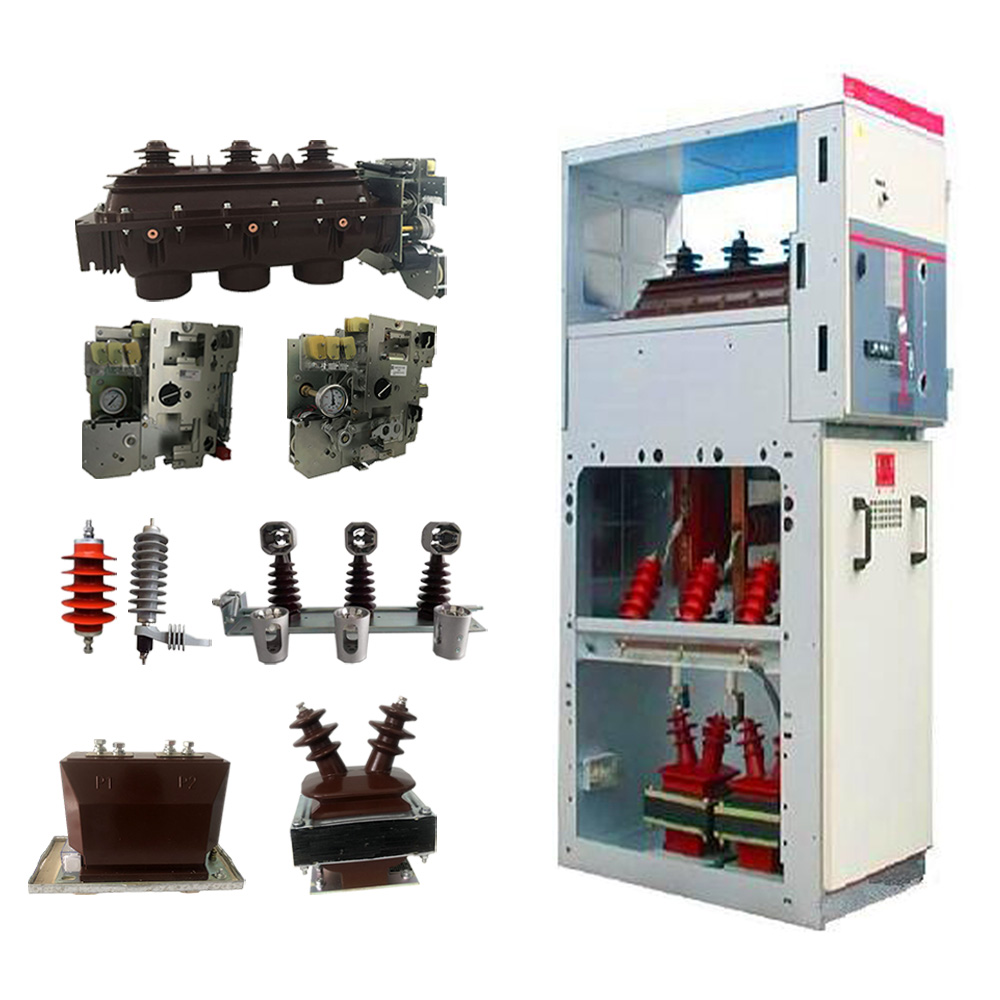
Gas insulated switchgear is composed of two main components such as power conducting systems and protective systems. This includes equipment such as regulating panels, potential transformers, switches, isolators, circuit breakers, current transformers, lightning arrestors, and other related devices. Some of these devices are capable to act as a protective device by monitoring and detecting a fault in the system while others are primarily focused and designed to serve as a switching device of turning on or off.
- Power-conducting components
The power-conducting components in a system include switches, circuit breakers, fuses, lightning arrestors, insulators, etc. These gas insulated switchgear components are essential to disrupt and interrupt the flow of electric current in the system. They switch on or off a circuit whenever necessary.
- Control-system components
The control system components of hv switchgear are essential to detect the faulty parts of the system. The control-system components control, monitor, detect and protect the power conducting components of the system along with the complete system. The switchgear parts include relays, current or potential transformers, control panels, and more.
- Bus Bars
The circuit transporting device in a circuit includes constant contacts and moving contacts. The bus bars are externally connected to the circuit breaker through the conductors. Bus bars are directly connected to the overhead lines when the switchgear is of the external type, while the Bus Bars are connected to the conductors of a circuit in the case of internal-type switchgear.
- Bushings
Bushing insulators (e.g. epoxy resin bushing) are the switchgear component used when a conductor of a high-voltage current level flows through a metal sheet placed within an earthing material. They have the necessary potential to protect the system when needed.
Working of a Switchgear
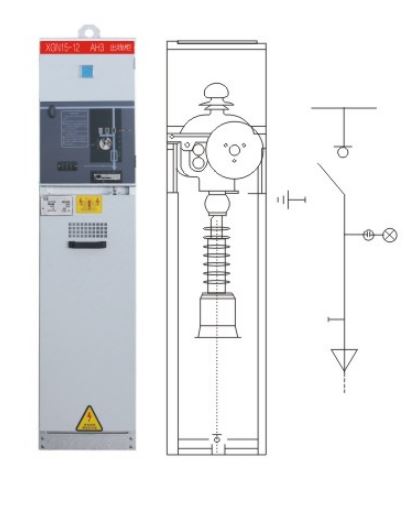
A Switchgear is composed of protective devices and switching devices such as relays, load break switches, fuses, circuit breakers, etc. Switchgear allows operating devices such as distributors, transmission lines, generators, electrical equipment, etc. When there is a short circuit in the system, there is a huge current flow through the device and can lead to an overflow of the current in the system.
This can lead to damage to the equipment and may pose interference to the operators. Thus, it becomes important to detect faulty parts or errors in the circuit beforehand. This is why switchgear is necessary to identify, monitor, and regulate the faults in the circuit to protect the system from an overload of current in the circuit. This trips the current automatically to ensure and maintain the longevity of the types of equipment without facing any problems.
Functions of a Switchgear
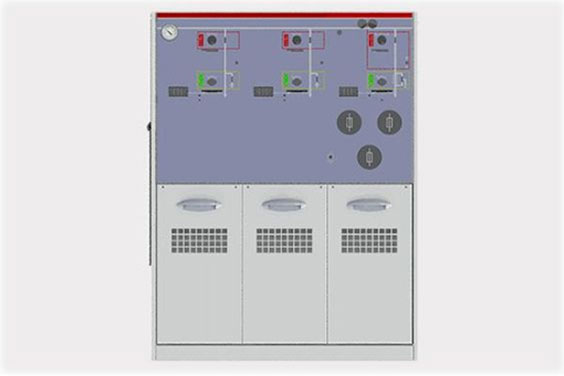
The following are the functions of switchgear:
1. It protects the equipment from faulty currents and short-circuits by either disconnecting or creating a normal current load to ensure the switch performs well.
2. Switchgear allows isolation of the faulty parts of the circuit from the power supplies. In the absence of switchgear, the entire system can be compromised and get damaged. It is important for sensing applications such as relays, current, and potential transformers.
3. The switchgear is responsible for de-energizing the system to handle any faults in the system.
4. It is responsible to carry, regulate and break the flow of current between the load and the source.
5. Switchgear is employed to protect and safeguard generators, transformers, electrical circuits, and other electronic devices.
6. It increases the life of the transmission lines and cables by protecting against any damage to minimize frequent and regular maintenance.
7. The switchgear has more than one source to cater to the current load to improve the efficiency and availability of the system.
8. It detects any overload situations and trips off the circuit immediately in case of an excessive current load in the circuit.
9. The switchgear allows the operator to have full control over the flow of current in the circuit within normal and abnormal conditions by closing or opening the circuit immediately.
Where to Find a Professional Switchgear Manufacturer?

If you are looking for a reliable switchgear company, then Liyond will be the right choice for you. The company is equipped with a highly-efficient, professional team and holds a dominant position as a supplier of switchgear components. It is known for its unbeatable and remarkable quality and unmatched services acknowledged by prestigious brands. With over 10 years of experience and operating in more than 35 countries, Liyond has a defect rate of 0.05%.
They perform rigorous quality checks and measures to assure that all the switchgear components are compatible with each other and work efficiently. Liyond has dedicated years of expertise and knowledge with its highly-qualified engineers. With a cooperative and dedicated team, the Switchgear manufacturer and supplier is an ideal choice for all your requirements on switchgear and the switchgear components.
Services provided include:
- Power distribution cabinet
- solid insulated switchgear
- air insulated switchgear
- vacuum circuit breaker
Conclusion
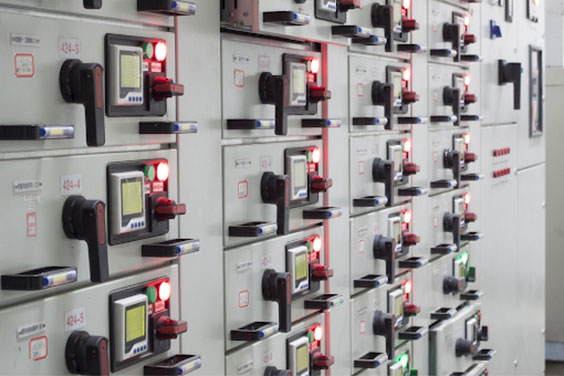
Switchgear is an important component in an electric circuit and understanding its components, features and functions allow you to choose the right commercial switchgear. Switchgear may differ in its functionalities as high-voltage switchgear and low voltage switchgear. This information allows you to find the right switchgear and its components manufacturer and supplier.

